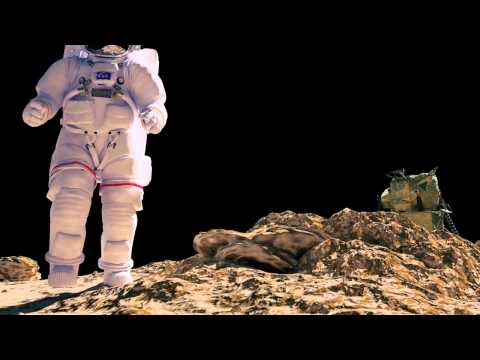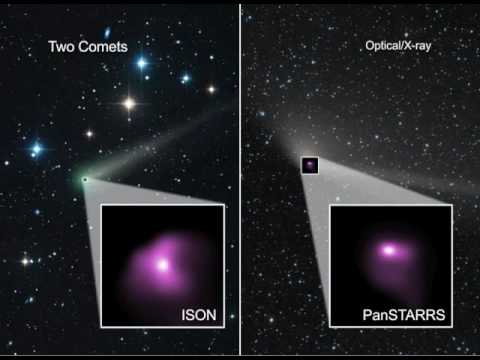The Science of Impact Craters: Understanding Their Formation and Importance
Impact craters are some of the most visually striking features on the surface of the Earth and other celestial bodies. These circular depressions are formed when a high-speed object, such as a meteorite or asteroid, collides with the surface of a planet or moon. The resulting impact releases a tremendous amount of energy, causing the ground to deform and creating a crater.
The science of impact craters is a fascinating field that helps us understand the processes that shape the surfaces of planets and moons in our solar system. By studying impact craters, scientists can learn more about the history of our solar system and the impact events that have shaped the planets and moons we see today.
One of the key aspects of impact crater formation is the amount of energy released during the impact. When a meteorite or asteroid collides with the surface of a planet or moon, the kinetic energy of the object is converted into heat and shock waves, causing the ground to deform and creating a crater. The size and shape of the crater depend on the size and speed of the impacting object, as well as the composition of the target surface.
Impact craters can range in size from just a few meters in diameter to hundreds of kilometers across. Some of the largest impact craters on Earth, such as the Chicxulub crater in Mexico, are thought to have been formed by asteroids or comets that were several kilometers in diameter. These large impact events can have global consequences, such as mass extinctions and climate change.
In addition to studying impact craters on Earth, scientists also study impact craters on other planets and moons in our solar system. For example, the surface of the Moon is covered with thousands of impact craters, which provide valuable information about the history of lunar bombardment. By studying impact craters on Mars, scientists can learn more about the planet’s geology and climate history.
Impact craters are also important for understanding the potential hazards posed by asteroid and comet impacts on Earth. By studying the frequency and size of impact events in the past, scientists can better assess the risk of future impacts and develop strategies to mitigate the potential consequences.
In conclusion, the science of impact craters is a valuable tool for understanding the formation and evolution of planetary surfaces in our solar system. By studying impact craters, scientists can learn more about the history of our solar system, the processes that shape planetary surfaces, and the potential hazards posed by asteroid and comet impacts. Impact craters are not just visually striking features on the surface of planets and moons – they are windows into the violent and dynamic history of our solar system.













